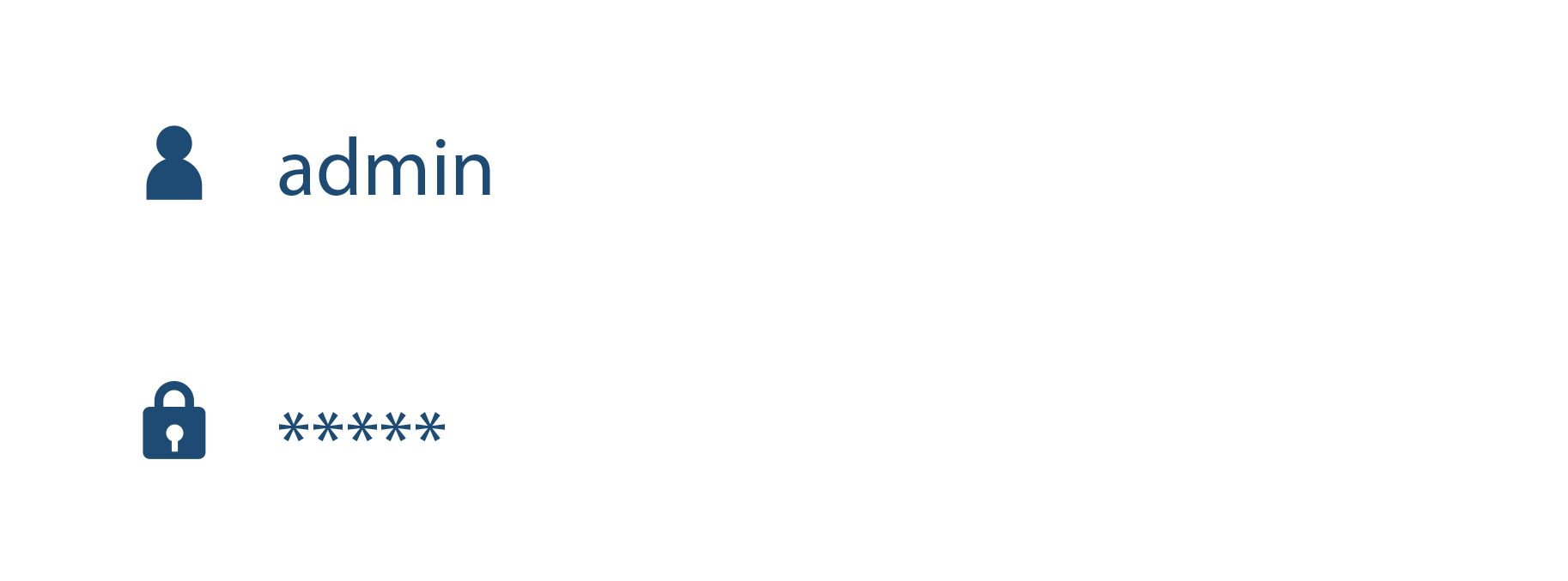![]()
WordPress Website Security
Ensure that your site is safe with an advanced defence system
Security Essential
Basic website protection
FREE
with all sites we build and host
Regular scans for any suspicious activity
Limits multiple failed login attempts
Monitoring of admin sign-ins
Security Advanced
Stronger security that blocks common hacking attempts
$35 + GST
per month
($420 + GST charged annually)
Includes Security Essential; and
2FA Authentication & reCAPTCHA
Domain & Server IP Blocklist Checks
Synchronous Threat Intelligence
Code Integrity Analysis
Website System Disguise
Security Advanced +
Top security measures to reduce risk to the minimum
$95 + GST
per month
($1140 + GST charged annually)
Includes Security Advanced; and
Cloud-based PCI Compliant Firewall
Brute-force & DDoS Attack Protection
Track User Activity
Source Code Obfuscation
SEO Spam Scanning
Disavowing Toxic Backlinks
Web Content Copy Protection
Blocks AI Web Crawlers
Daily Off-site Backups
38,000 Websites Get Hacked Each Day
Don’t Let Yours Be the Next Sitting Duck
As the digital world expands, so does its dark underbelly. The number of cyber attacks per week has exploded since 2020, and is only increasing each day. As of May 2023, a website gets hacked every 2.3 seconds! Shield your site against these relentless threats with Lime’s potent website security packages.

Types of Businesses at Risk
Hackers are equal-opportunity attackers. It’s inexpensive for them to create “bots” – automated programs that probe for and target vulnerabilities, to scour the web for sites to attack. So, they don’t discriminate based on the size of a business. It doesn’t matter if you own a little blog in a corner of the internet or you run a massive corporate empire – if you’re online, you’re on the radar.

How Cybercriminals Attack Sites
Hackers’ methods are as varied as their motives. From cracking a weak password, phishing, and finding secret backdoors, to just guessing, and beyond, hackers use every dirty trick in the book (and many that aren’t even in the book yet).
What’s in It for Hackers
In a nutshell, power and profit. Covertly and overtly seizing data, disrupting operations, conducting espionage, stealing customer information, and holding companies ransom are just a few of the activities of choice for cybercriminals.
Whether it’s trade secrets, business plans, financial records, or even just customer contacts and email addresses – anything you might have, they want.
Another common practice is to hack vulnerable sites for use in spamming operations. Hackers hijack legitimate forms on your site to send automated spam emails to their targets. They also inject code into your site to redirect visitors to nefarious sites, and unbeknownst to you, use URLs on your site in spamming campaigns.
These tactics let your site take the fall – like getting blocklisted in Google – for hackers’ unscrupulous activities.
What’s at Stake for You
More than you might think
The consequences of getting hacked are numerous. It could involve a complete loss of search rankings and organic traffic, as search engines blocklist your domain for being linked to spam. There’s also damage to your brand image due to a defaced site.
Angry customers, lost prospects, and public embarrassment go hand in hand with a public breach. And then there’s the potential for disrupted operations, loss of proprietary data, and even legal penalties, to name just a few.
In financial terms, each website hack ends up costing an average of $6.6 million in direct costs and losses, according to a 2023 IBM study.

How You Can Protect Your Site
Setting up and configuring an effective server-based firewall is one of the best measures you can take to protect your site from these risks. While no security measure is a hundred per cent foolproof – even the highly protected sites, such as those of Australian Parliament House, New South Wales government, and Medibank, Kaspersky, and Symantec have been hacked – you can take steps to minimise the risks.
While high-profile hacks make headlines, they are the exceptions, not the rule. Nine out of ten hacks target unprotected websites of small businesses. So, while it may not be easy to prevent concerted, military-grade attacks, hardening your site’s security can deter and repel garden-variety cybercriminals.
Whose responsibility is it?
It’s a common misconception that website security is handled by web developers, IT teams, or hosting providers. In reality, each focuses on a specific area: developers on functionality or updates, your IT folks on your internal network, and your hosting service on their infrastructure (not your website).
Thus, without dedicated website security, you become your website’s first and last line of defence.

How Lime Can Help
Picture your website as a virtual home or office, housing all sorts of digital information. Lime’s website security packages turn your ordinary building into a digital fortress. We harden your website’s doors, build moats, strengthen its locks, and find and seal off known trapdoors and secret passageways. And if ever a breach does occur, we’ll be there, swords drawn, to fight the intrusion, fix the damage, and restore normalcy.
Don’t let cyber threats compromise your online presence
Shield your website from the relentless attacks of hackers and ensure robust web security with Lime’s cutting-edge web security services